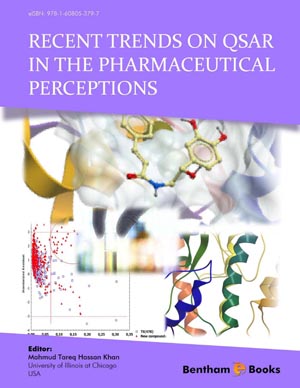Abstract
Calcium is an essential element in living organism and one of the most important minerals in the development and maintenance of bones and teeth. Calcium channel blockers (CCBs) are chemical substances which affect the movement of the calcium ion, Ca2+, through its specific channels. It is well-known as an important clinical path the usage of calcium channel blockers in order to decrease blood pressure of patients with hypertension. There were identified three types of calcium channels: voltage-sensitive, receptor-operated and stretch-operated.
In history, the first concepts of QSAR appeared when Richet, Meyer and Overton studied the relation between water/lipid solubility and toxicity or narcosis and Fisher underlined the importance of the steric configuration of a compound in enzymatic processes. Nowadays, the efforts to improve the class of CCBs are ongoing. The design of new active molecules with an improved pharmacotoxicological profile than the already discovered compounds of its class represent a very important aspect in the new drug development.




















